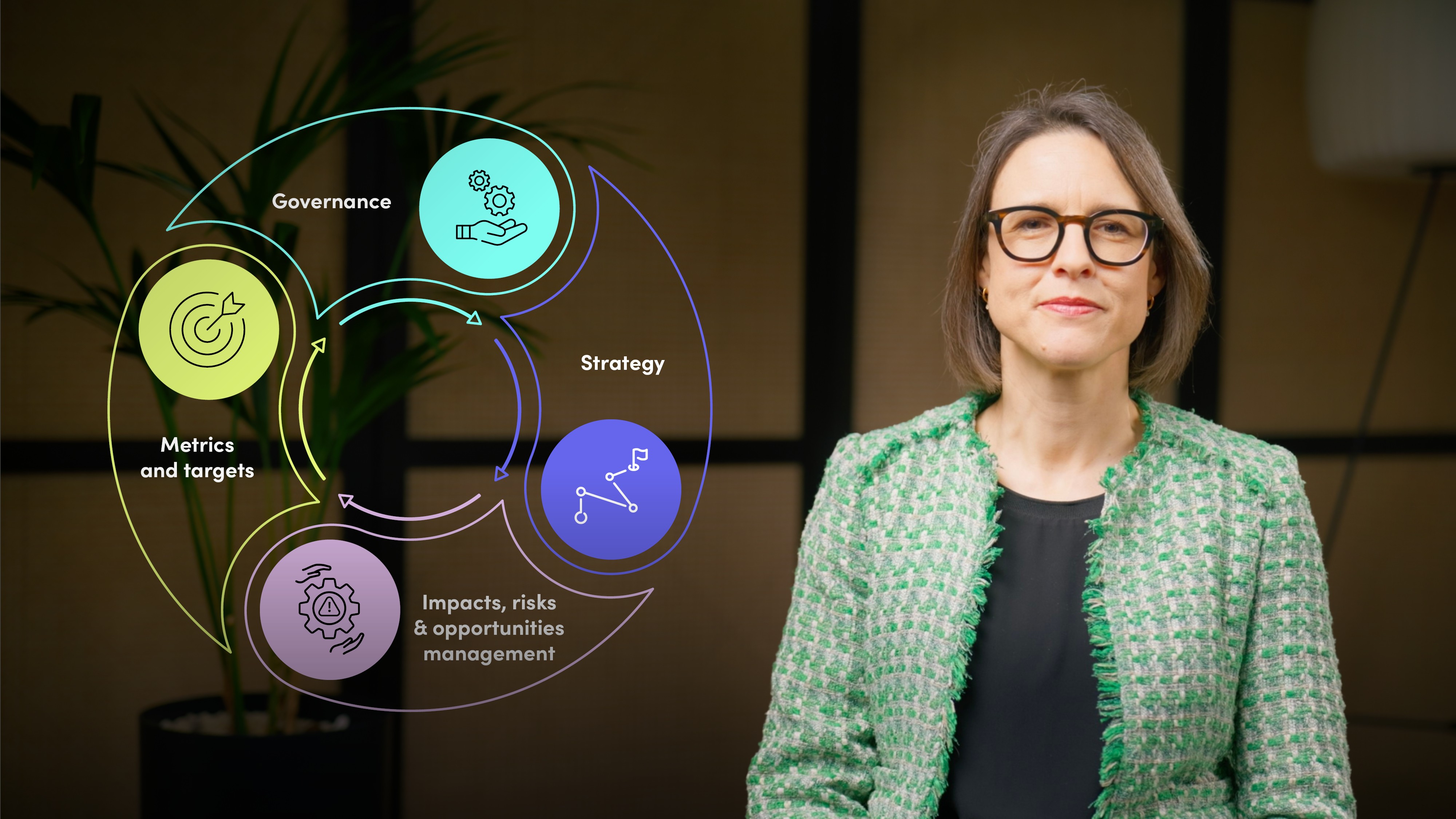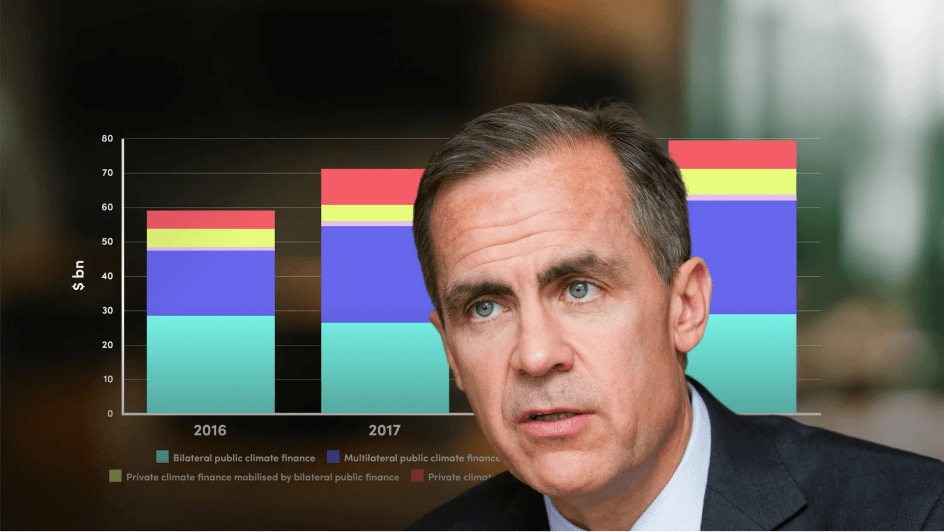What are the energy use reporting requirements?
The ESRS E1 standard mandates detailed reporting on energy consumption, distinguishing between fossil and renewable sources. For fossil fuels, companies must report consumption of coal, crude oil, natural gas, other non-renewable sources, nuclear products, and purchased electricity/heat from non-renewable sources. For renewables, the reporting includes fuel consumption from renewable sources, purchased electricity/heat from renewable sources, and self-generated non-fuel renewable energy. Additionally, if applicable, non-renewable and renewable energy production in MWh must be detailed. For high climate impact sectors, there’s a requirement to link energy consumption with finance by providing information on total energy consumption per net revenue.
What are the emissions reporting requirements?
Companies are required to disclose scope 1, 2, and 3 emissions. Scope 1 data provides insight into emissions regulated under trading schemes. Scope 2 data shows whether energy is externally purchased. Scope 3 data reveals emissions occurring in the supply chain. Disclosures must include all assumptions and uncertainties, particularly for scope 3 emissions. Data must be reported in metric tonnes of CO2 equivalent. For scope 2, both location-based and market-based emissions must be reported. Emissions per net revenue must also be disclosed, aligning with financial reporting.
What are the requirements for reporting GHG removals?
Companies must disclose any greenhouse gas removals they have developed, including carbon storage activities. This section also covers reductions or removal projects outside the value chain, such as voluntary carbon offsets. This is particularly relevant for organisations with net-zero targets.
What is the significance of internal carbon pricing?
The standard requires companies to detail whether they use an internal carbon price and how it supports decision-making and incentivises climate-related targets. Various details about the scheme, such as the type, application, and critical assumptions, must be disclosed.
What are the financial effects disclosure requirements?
Companies must provide information on how physical and transition risks, as well as climate-related opportunities, influence cash flows, performance, position, development, cost of capital, and access to finance. This includes details on assets at material physical risk and the carrying value of real estate assets by energy efficiency classes. Expected cost savings from mitigation and adaptation actions and changes to net revenue from low-carbon products and services must also be reported.
All data, including energy consumption and emissions, must be reported in a manner consistent with financial reporting standards. This ensures clarity on which emissions and energy use are associated with specific revenue streams. Emissions data must be reported in metric tonnes of CO2 equivalent to avoid confusion with imperial tons.

























